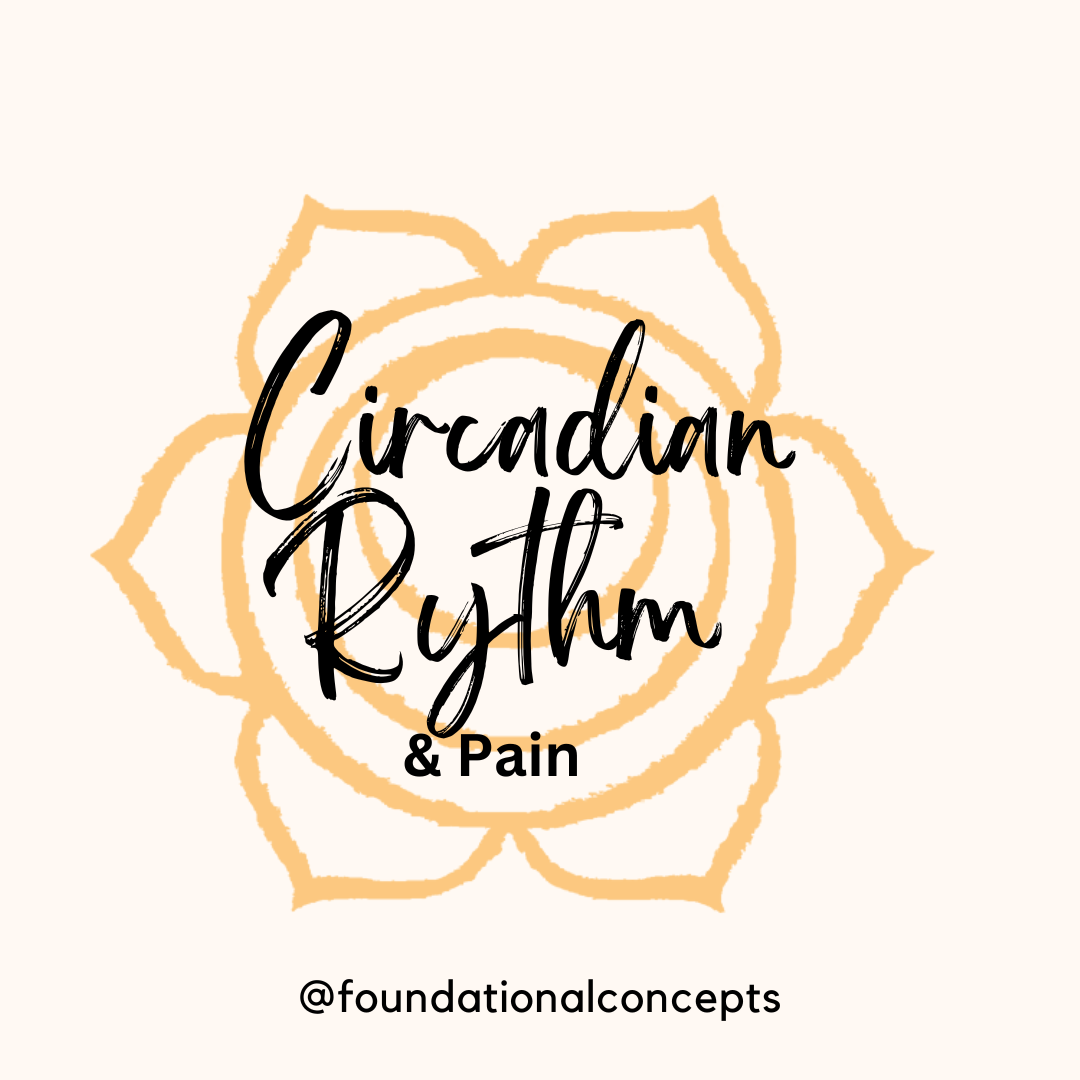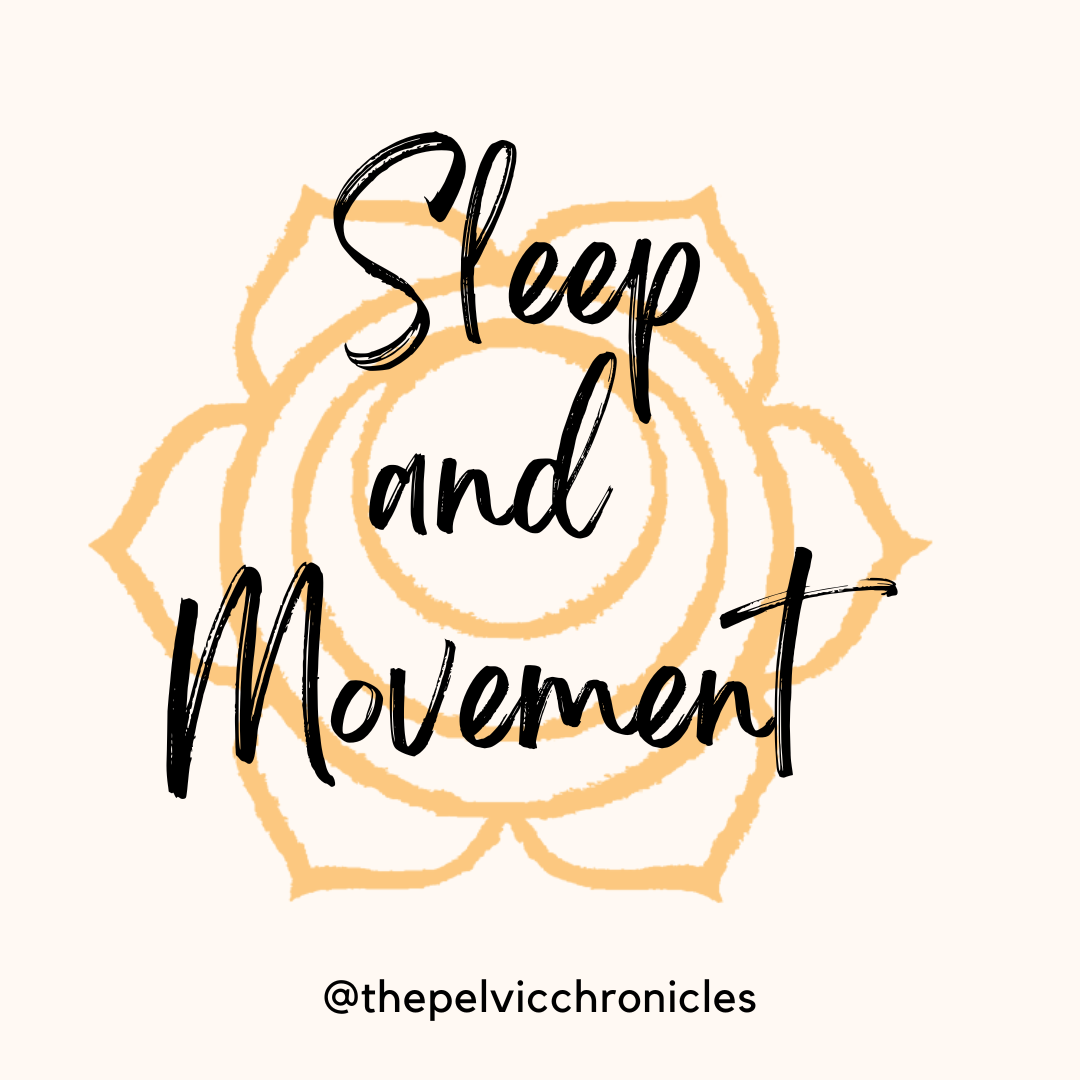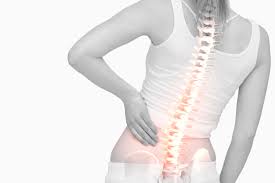Raise your hand if you get enough sleep? No one? We all have heard the…

Circadian Rhythm and Pain
Every cell in our body is regulated in part by the circadian rhythm. This is a master clock that synchronizes our bodies within our environment, mostly related to exposure to sunlight. This clock helps to signal to our bodies when different activities need to occur sleep-wake cycles, activity levels, body temperature, bowel and bladder function. This information has been known for generations and we base our daily routines on this day-night cycle.
The circadian rhythm is disrupted in many of our lives through changes in sleep routine with a new baby, shift work or jet lag; mis-timed eating or changes in mealtime; or increased exposure to artificial light or screens at night. Most of the US population regularly experiences shifted sleep-wake cycles on weekends and weekdays resulting in social jet lag. Most of the world is exposed to light pollution at night which can disrupt this rhythm as well. Sleep disruption increases the risk of obesity, cancer, heart disease, depression, and altered immune function.
Changes in circadian rhythm can directly alter pain thresholds with increased inflammation and changes in the endocrine function. Recent research shows a decreased pain threshold to cold stimuli, and generalized pain to light touch increased after just four nights of poor sleep. This means that a minimal stimulus will produce pain where normally that same input would not be painful. With longer exposure to changes in the circadian rhythm, the subjects had increased pain with heat, pressure, and cold. This creates a cycle of disrupted sleep , further interrupted circadian rhythm, leading to more pain. This can be a challenging feedback loop to break out of.
People who have chronic pain, should be encouraged to work toward finding a good schedule that works with the circadian rhythm, not against it. Some things may include getting off screens an hour before bed, making sure the bedroom is dark, and getting some sunlight early in the day. We also encourage finding a schedule for other physical activities during the day to encourage staying in the circadian rhythm. This can include scheduling exercise, bowel movements, meals, and bedtime at the same time every day.
The takeaway here is finding a routine that includes exercise, eating, bowel management, and sleep. Not having a routine can contribute to pain, causing it to be persistent. When you make small lifestyle changes toward each of these activities, it can greatly improve your body’s ability to get into and stay in sync with a circadian rhythm. This reduces inflammation, which improves sleep and allows us to heal. When we work with clients in pain, this is a very important part of our plan of care.



